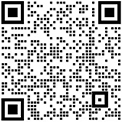With the rapid advancement of network technology and the sharp increase in demand, multi-core optical cables are increasingly used in various fields such as local area networks, backbone wiring in buildings, and data centers. In order to meet the high-bandwidth, high-density network transmission requirements, we actively adopt advanced optical cable technology. Among them, ribbon fiber, as an important type of optical cable, has been widely used in modern data centers due to its unique advantages.
Ribbon fiber has significant characteristics. It features a large core count design, allowing for more fiber connections in limited space. Additionally, its compact size facilitates wiring and management. The high-density characteristic enables it to provide efficient transmission capabilities in compact spaces. Moreover, ribbon fiber supports quick splicing, greatly reducing installation and maintenance time. Finally, its convenient maintainability ensures the stable operation of the network.
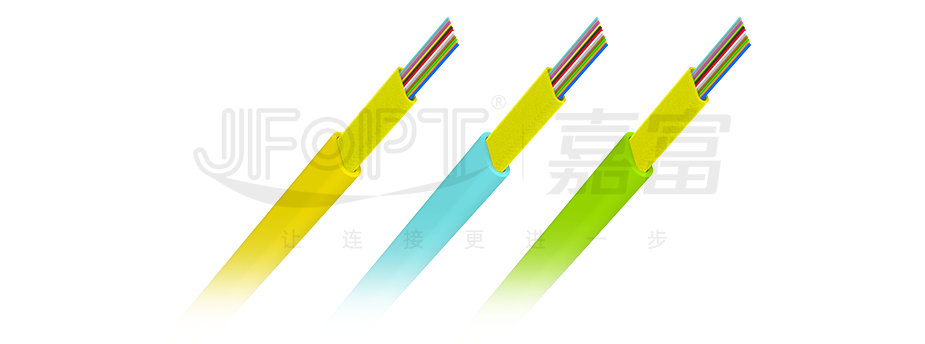
Ribbon Fiber:
Bundled Fiber:
Characteristics of Ribbon Fiber:
Characteristics of Bundled Fiber:
Ribbon fiber has significant characteristics. It features a large core count design, allowing for more fiber connections in limited space. Additionally, its compact size facilitates wiring and management. The high-density characteristic enables it to provide efficient transmission capabilities in compact spaces. Moreover, ribbon fiber supports quick splicing, greatly reducing installation and maintenance time. Finally, its convenient maintainability ensures the stable operation of the network.

Structurally, ribbon fiber consists of several fine optical fibers arranged neatly and parallel, forming a unique ribbon-like shape.
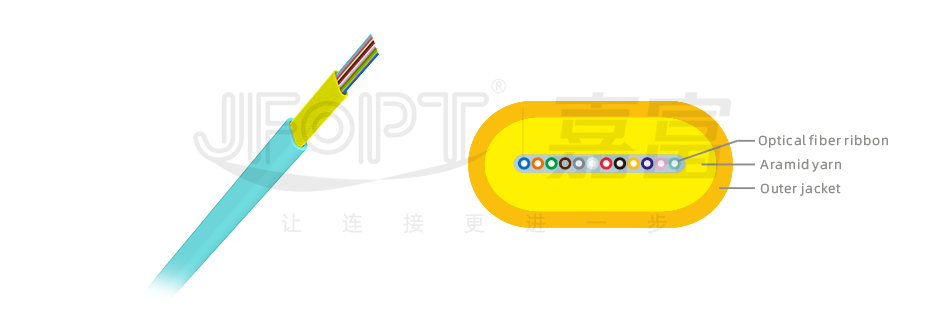

In terms of core count, each ribbon fiber integrates multiple fiber cores, typically up to 12 or more, greatly increasing the fiber's integration.
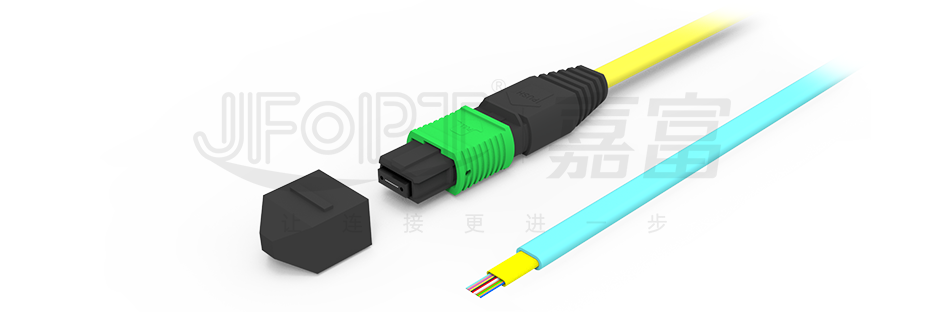

In terms of application, ribbon fiber is highly favored for its high-density characteristics and is mainly used in environments such as data centers, telecommunications network hubs, and other high-density fiber optic wiring environments. It not only provides higher fiber core density to meet the demands of large-scale data transmission but also achieves higher transmission capacity and rates, thereby offering users a superior network experience.
In terms of structure, bundled fiber consists of multiple individual optical fibers carefully bundled together to form a compact bundle-like structure.
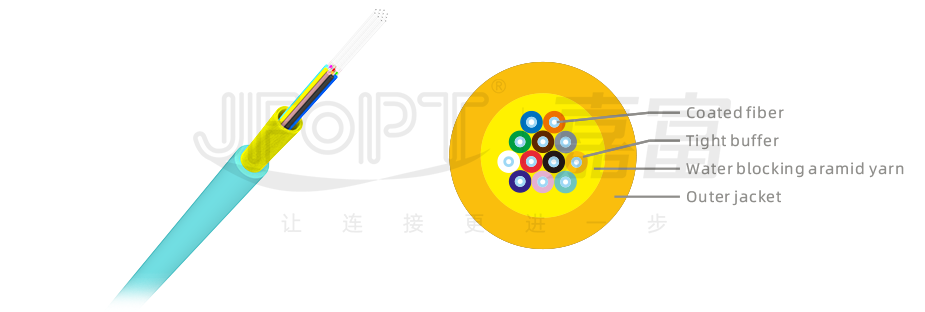

Regarding the number of fiber cores, each bundle of fiber can accommodate from dozens to hundreds of individual fibers, giving bundled fiber excellent capability in fiber integration.
As for applications, bundled fiber is widely used in situations requiring the transmission of high-power optical signals. Whether in high-precision lasers, medical equipment, or scientific research fields, bundled fiber can meet various complex and stringent usage requirements with its high power handling capacity and excellent durability. By bundling multiple fibers together, bundled fiber not only enhances overall transmission efficiency but also improves its stability and reliability.
1. High-density wiring advantage: Ribbon fiber possesses excellent high-density wiring capability, accommodating up to 12 or more fiber cores in limited space. This feature is particularly prominent in environments with high-density fiber optic wiring, such as data centers and telecommunication network hubs. It effectively increases the number of connection points, thereby achieving higher transmission capacity.
2. Increased space utilization: Ribbon fiber adopts a design where fiber cores are arranged parallelly, significantly reducing space occupation compared to traditional single fibers. This is particularly valuable for applications with limited space, maximizing the utilization of cabinet or pathway space resources.
3. Convenient connectivity and maintenance: The compact spacing between fiber cores in ribbon fiber makes connectivity and maintenance operations more convenient. Whether it's fiber optic patching or plug-and-play operations, operators can easily identify and handle each fiber core, greatly enhancing work efficiency.
4. High-speed transmission capability: Ribbon fiber combines advanced manufacturing technology and high-quality materials, supporting high-speed, high-bandwidth data transmission. As communication demands continue to grow, ribbon fiber can easily meet these demands, providing users with faster and more stable transmission experiences.

1. Outstanding power handling capability: Bundled fiber harnesses the strength of multiple individual fibers to carry optical signals. This unique structure endows bundled fiber with excellent power handling capability, allowing it to easily meet high-power transmission demands, suitable for various high-power application scenarios.
2. Excellent durability and mechanical strength: Through precise bundling processes, bundled fiber achieves higher mechanical strength and tensile resistance. Compared to single fibers, it has greater durability, maintaining stable transmission performance even in harsh environments, ensuring continuous signal integrity.
3. Effective suppression of signal crosstalk: Each bundled fiber is equipped with independent sheathing and external protective layers, effectively isolating interference between fibers and reducing the possibility of signal crosstalk. This is crucial for applications that prioritize high quality and reliability, such as laser systems and scientific research fields.
4. Flexibility and scalability: Bundled fiber is composed of multiple individual fibers that can be flexibly combined, added, or replaced according to specific requirements. This flexibility gives bundled fiber high scalability, enabling it to adapt to various complex and changing application scenarios, meeting the evolving needs of users.
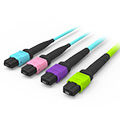
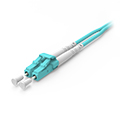
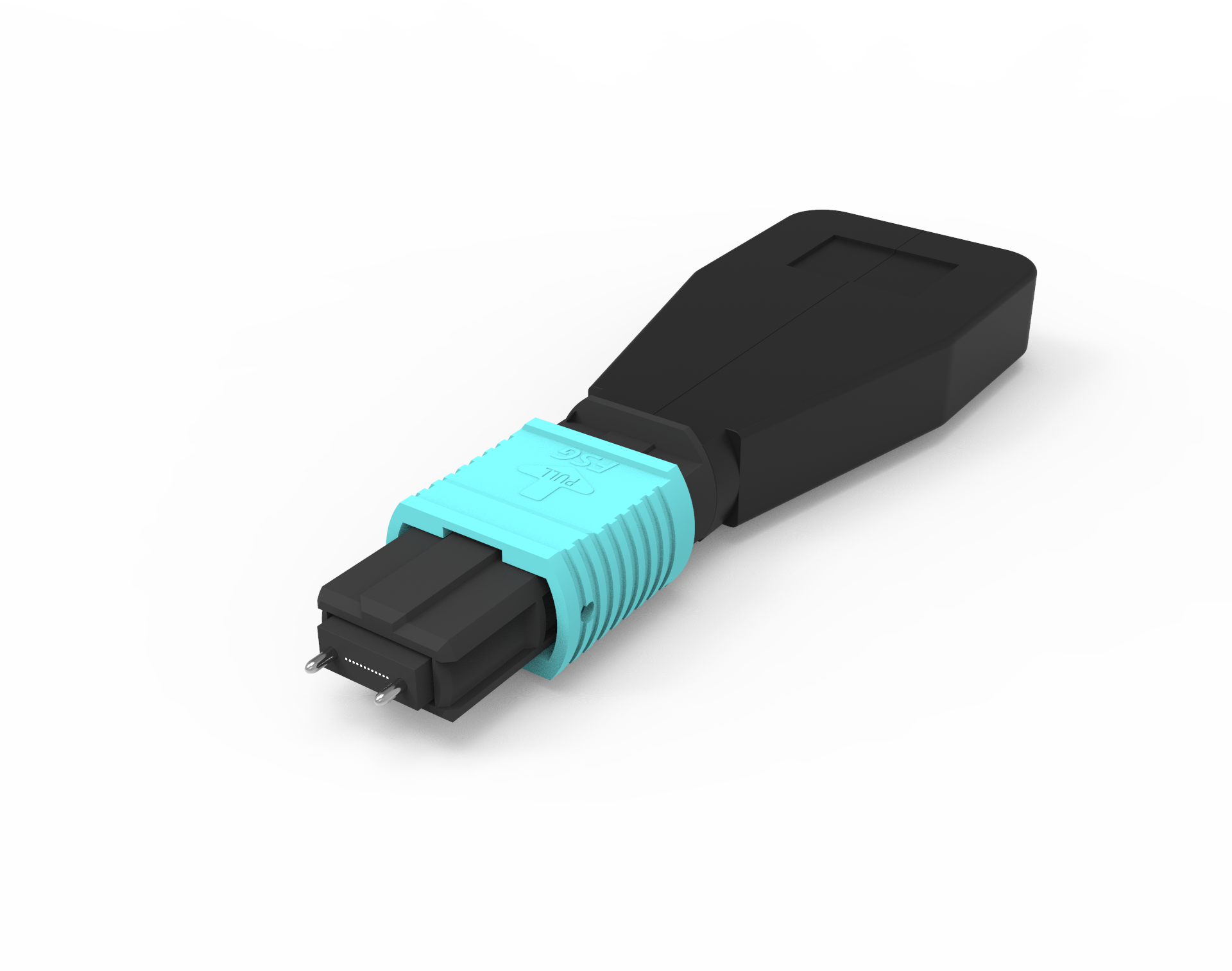
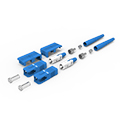
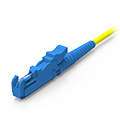
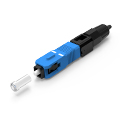
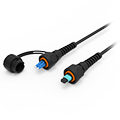
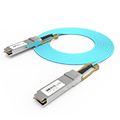
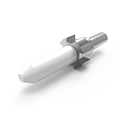
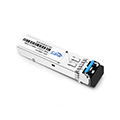
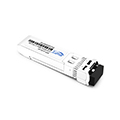
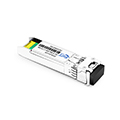
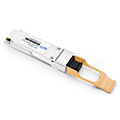
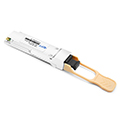

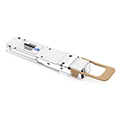
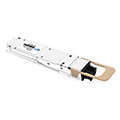
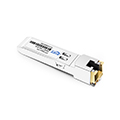
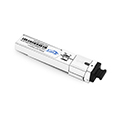
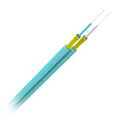
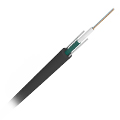
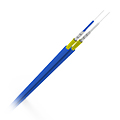
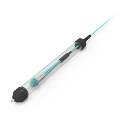
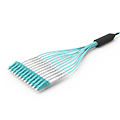
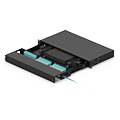
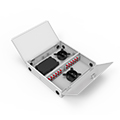
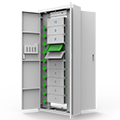
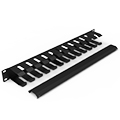
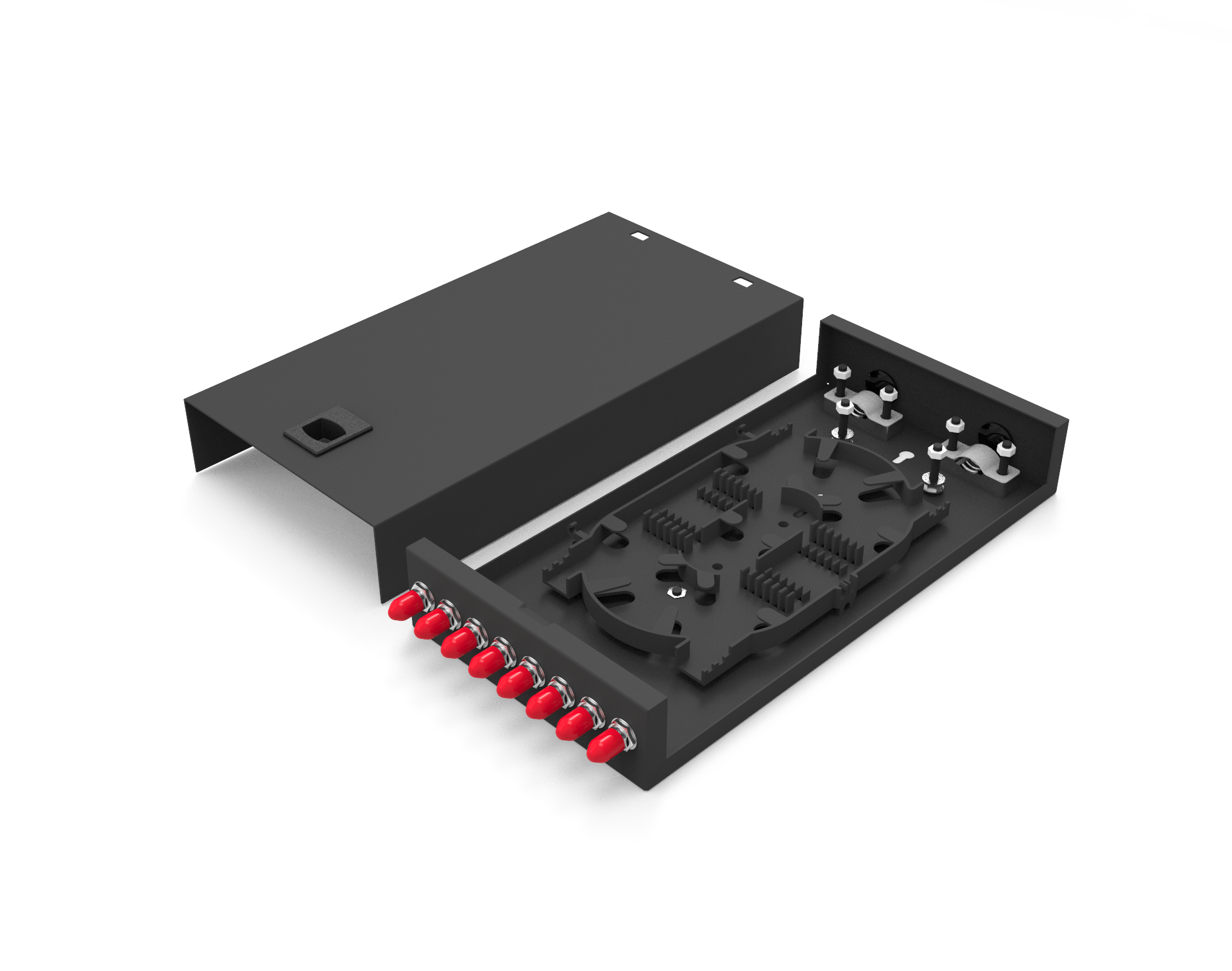
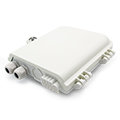
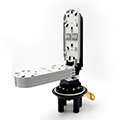
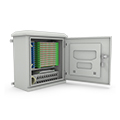
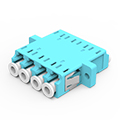
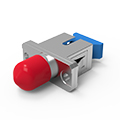
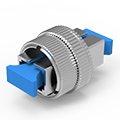
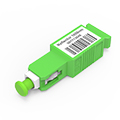
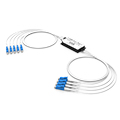
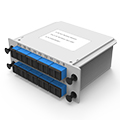
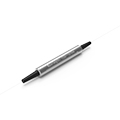
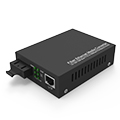
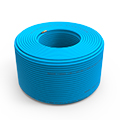
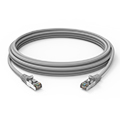
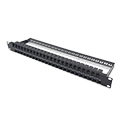
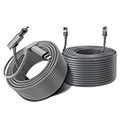
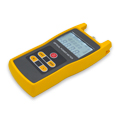
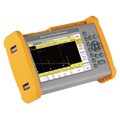
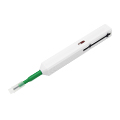
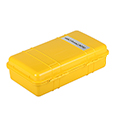
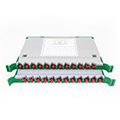
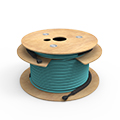



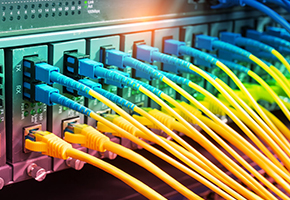

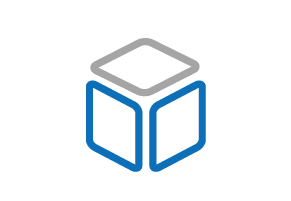
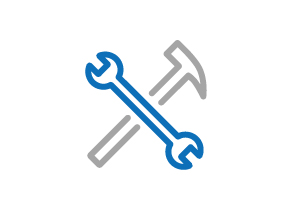

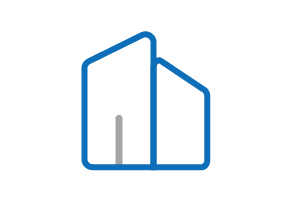







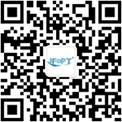

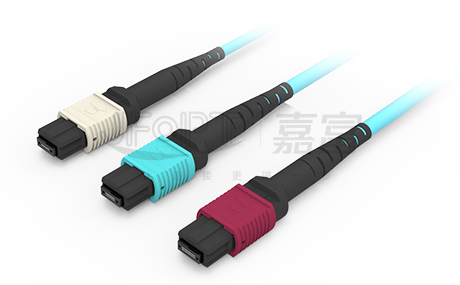
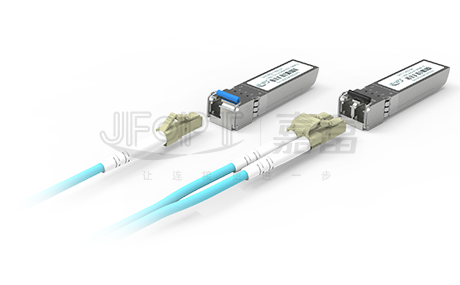
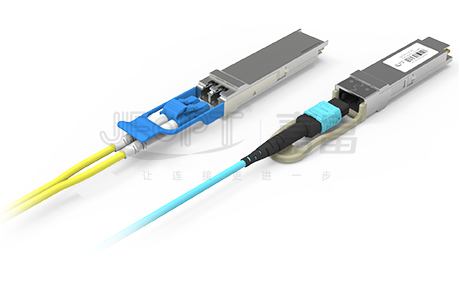
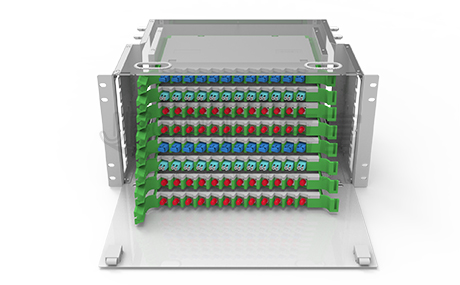
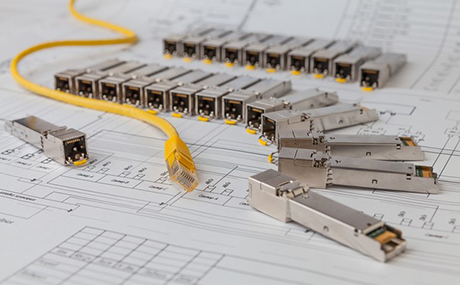
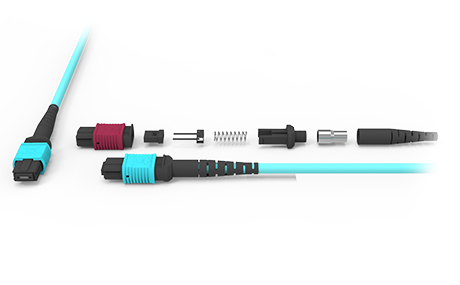
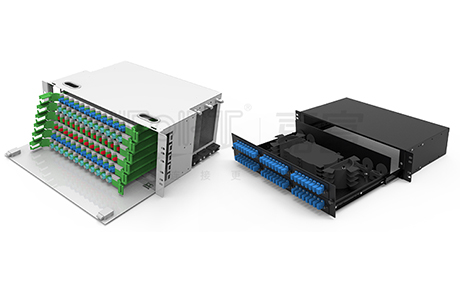
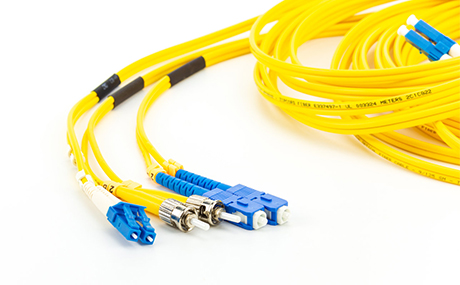
 Ann
Ann